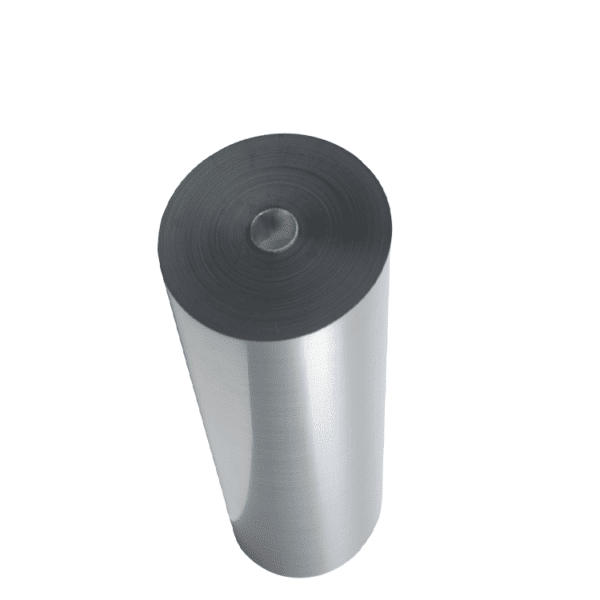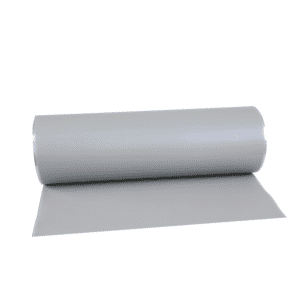Features
High-purity corrosion cathode foil, also referred to cathode high-purity corrugated foil. It is special material that can be used for a variety of purposes especially in environments that are corrosive. These are the key characteristics that this type of foil has:
1. High purity: High-purity cathode foil for corrosion is produced using premium materials that are free of impurities. This guarantees that the foil is of high chemical purity and lowers the possibility of introducing contaminants into the device or potentially reacting with the corrosive substances.
2. Resistance to corrosion Cathode high-purity corrosion foil has been specifically developed to offer excellent resistance to corrosion. It can withstand exposure to corrosive substances like acids, alkalis, as well as other chemicals without significant loss or damage. This resistance to corrosion extends the durability and longevity of the foil even in harsh conditions.
3. Uniform thickness: The film has a uniform and consistent thickness across its surface. This consistency ensures reliability and guarantees a uniform response to chemical and electrical stimulation.
4. Excellent conductivity: High-purity corrosion cathode foil displays excellent electrical conductivity, which allows for effective charge flow in many applications. The low resistance properties of the material allow for efficient flow of electricity and aid in the highest performance of electrochemical systems.
5. Compatible with electrolytes The foil can be used with a broad variety of electrolytes, which includes water and non-aqueous solutions. It doesn’t react with electrolytes and does not let impurities leach into the surrounding medium, thus ensuring stability and protecting your system’s integrity.
6. Durability: High-quality cathode foil for corrosion is made to be strong and long-lasting, even under extreme conditions. Its sturdy construction and anti-corrosion properties allow it to preserve the structural strength and perform for long periods of time.
7. Flexible: The foil can be customized to meet specific specifications in regards to dimensions, thickness as well as other parameters. This allows for the enhancement of performance for various applications, and ensures an optimal fit for the intended purpose.
8. A wide range of applications High-quality corrosion cathode foil is used in a wide range of industries, such as electrochemical sensors and fuel cells, electrolyzers and much more. Its corrosion resistance and its high quality make it ideal for use in harsh environments where performance and reliability are crucial.
Overall, high-purity corrosion cathode foil provides outstanding corrosion resistance, high conductivity, and endurance even in the most challenging conditions. Its characteristics ensure it is a solid option for those who require an extremely long-lasting, high-performance and durable product in the presence of corrosion-causing agents.
Advantages
◎ Improve the surface tension and increase the adhesion Lithium-ion batteries for electric vehicles between the Al foil and the active material.
◎ Decrease the using amount of binder for the electrode, enhance energy density of the battery ,and lower the cost of the electrode production.
◎ Protect the Al current collector from surface corrosion and oxidation.
◎ Reduce interfacial resistance and internal resistance of the cell.
◎ Decrease polarization and improve the rate capability and specific capacity of the electrode material.
◎ Mitigate exothermal reactions and enhance the battery safety.
◎ Improve the production stability and reproducibility, and raise Lithium ion battery in water system the pass rate of the cell; Increase the consistency and cycling life of the cell and lower the cost of the production






















